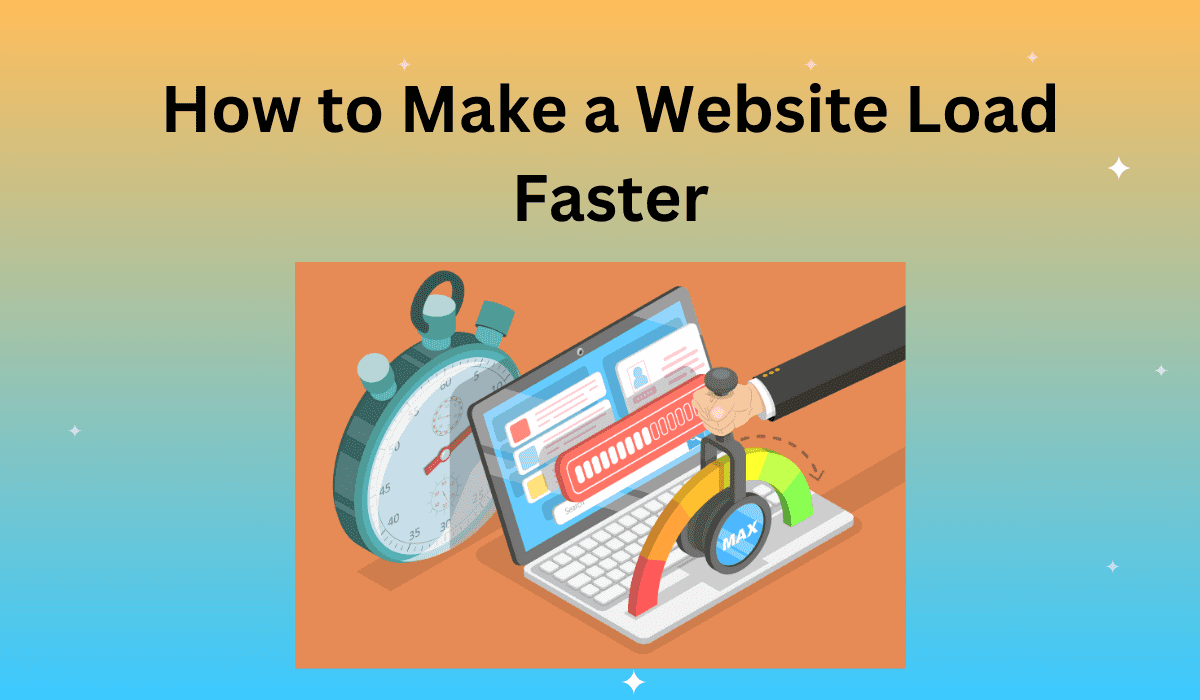Online customers are impatient. If your webpage takes more than just three seconds to load, you risk losing customers and revenue. There are many elements controlling your website speed that you may not even be aware of. So, how do you make your website load faster? Start by following our tips below.
1. Reduce the Size of Your Images
Believe it or not, the majority of a website’s page weight on a computer or mobile device is found in images. Try to alternate between images of different size and quality to save bandwidth using tools such as Adaptive Images and Picturefill. Adopting new image formats, like JPEG XR and WebP, can also help reduce image weight by 20 to 50 percent without sacrificing the quality of the image.
2. Evaluate Your Plugins
Plugins can bring new functionality and features to your website. However, the more plugins your website has, the more work it has to do to load. Poor or outdated plugins can dramatically slow down website performance as well. This can be easily fixed by carefully evaluating your current plugins and removing those that duplicate functionality, are out of date, or are no longer in use.
3. Consider Using a Content Delivery Network (CDN)
A CDN takes a website’s static files, such as CSS, images, and JavaScript, and delivers them on servers that are close to the user’s physical location. Because servers are closer to the user, they load more quickly. Larger websites implement CDNs to ensure their visitors from around the world have as fast an experience as possible.
4. Cache Your Data
Browser caching stores cached versions of static resources, a process that quickens page speed tremendously and reduces server lag. When a user visits a page on your website, the cached version will usually be served unless it has changed since it was last cached. This saves a lot of requests to your server and, as a result, increases speed.
5. Minify JavaScript and CSS
By removing unnecessary line breaks, extra space, and so on, you will speed up parsing, downloading, and executing. This simple task can cut bytes of data from your page — and every little bit counts.
6. Enable compression
You can compress resources to lower the number of bytes a page is sending over a network. Using the GZIP compression algorithm, popular web servers do this automatically on CSS, HTML, and Javascript. You will need to optimize your content for compression by creating consistency across your HTML and CSS code.











